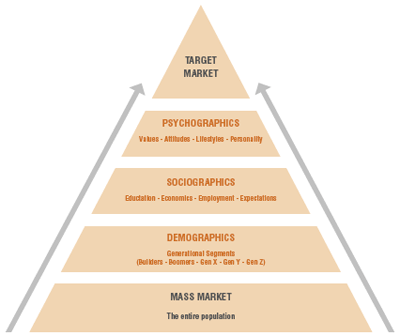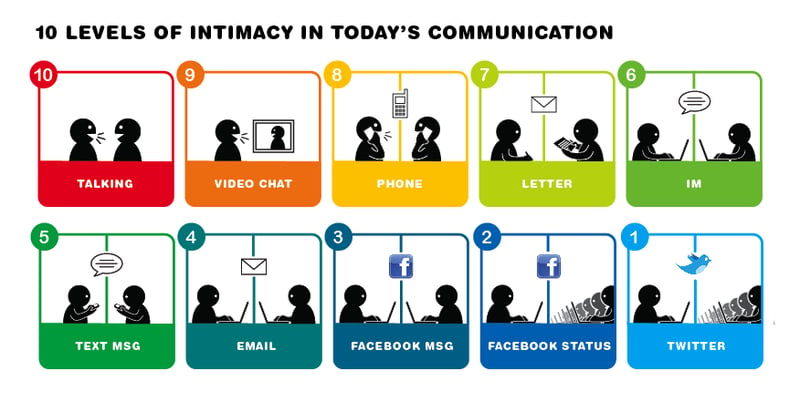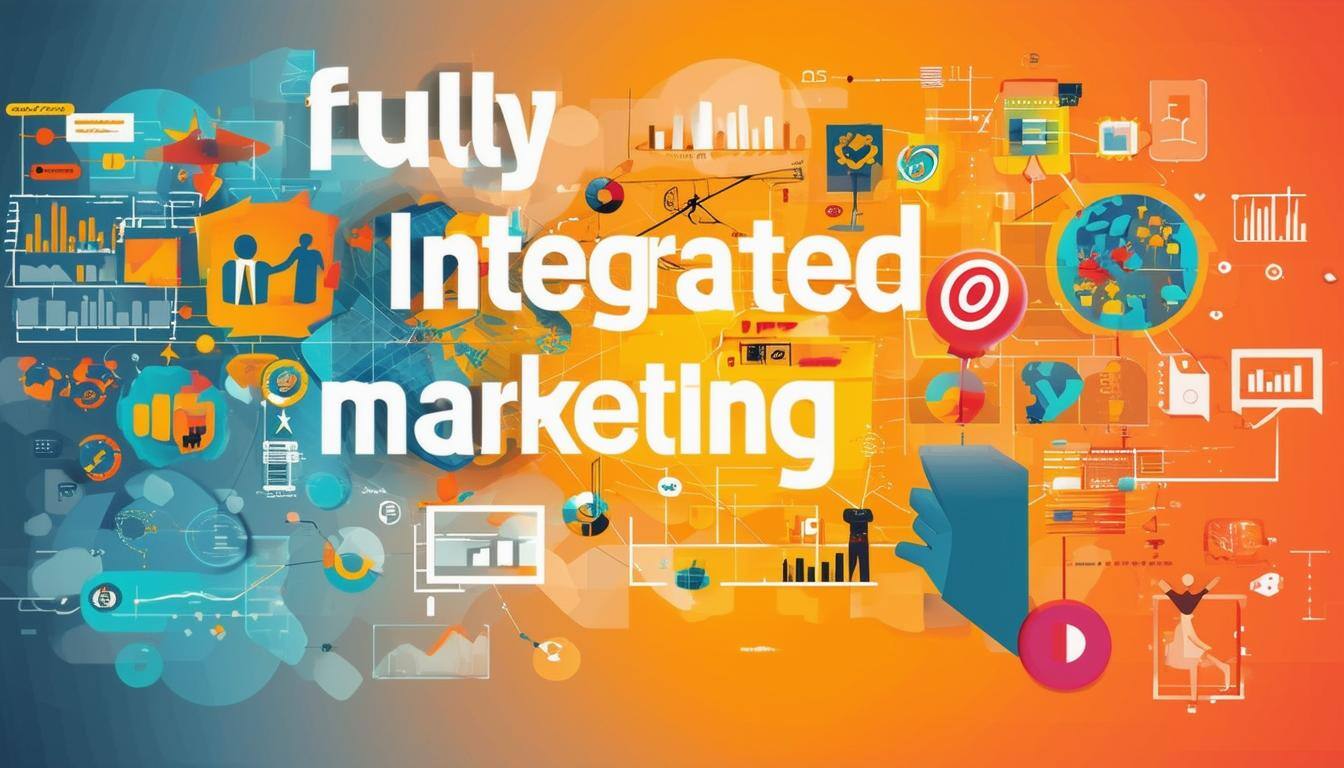
You know that consumers are a key resource in successful marketing campaigns. Once you have secured their attention they can become the ultimate promoters of your brand or service.
Ensuring that they move through the sales cycle with you with a positive result, in order to become these evangelists, is all about user experience and engagement.
Here is a ten-step overview of the actions to take in order to engage them throughout their consumer journey: your sales cycle, building relationships, closing the deal, and ensuring happy and satisfied customers who will promote your product, effortlessly.
1. Know who they are

2. Really, really know who they are
Normal targeting is well and good, but with the amount of information available to you in the digital space, it is a mistake to ignore the finer details.

Image credits: Active Campaign
Advanced targeting uses data to map behaviours, trends and thinking that will help you to pinpoint the needs and personalities of your consumers, and get a much more granular picture of who they are. In turn, this will result in:
- increased clarity in your marketing goals and requirements;
- increased personalisation potential;
- increased chance of conversion.
3. Know what they are looking for
Knowing what your customers need, and where their buying trends are going, is key to ensuring that you provide the right product, at the right time.
A great example of how demand informs supply is the photography industry. In this example, we look at how Kodak transitioned from a film and traditional photography company in 2007, to the North American digital camera volume-leader.
In a large-scale change driven by consumer demand, the business was overhauled and optimised for what their customers wanted: digital imaging. This is how they did it:
‘In 2003, Kodak launched a comprehensive business overhaul, focusing on moving the business from traditional print to digital. At the same time, the company revamped its supply chain, moving from a traditional to a demand-driven logistics model.’ - Inbound Logistics
While Kodak has disappeared since then, this is the attitude that you need in order to manage the changing expectations of your audience.
4. Share content that matters
Regardless of which target audience you are speaking to, and on which platforms, you must always ensure that you are giving them the content that they want or need.
While your brand does influence the subject-matter, the context of your information will drive the client relationship to close.
Does your content add value to your ideal consumer? Focus on delivering the right content to the right people, at the right time.
5. Use multimedia in your campaigns
An integrated and interactive experience is more likely to engage your audience than the use of a one-sided approach.
Using video, webinars, images, music, podcasts, and the like will increase the potential for consumer engagement with your content.
6. Focus on regularity and timing
If you have content that is truly helpful and engaging, your audience will begin to look forward to the release of your new ads, videos, blogs, or emailers.
Try to ensure that you provide good content, consistently.
7. Check your first impressions – headings and subject lines do matter.
Keeping your product news and content consistent will also help you to ensure that when members of your audience come across your brand, they are engaged and interested from the very beginning.
Delight your existing customers and let them promote you. Your content will become your mouthpiece.
8. Maintain your service levels and product quality
Once you have attracted the customer and made the sale, ensure that you provide a service that allows them to become your promoters. This requirement is true to both your sales process and, most especially, after sales.
This will involve further engagement with your brand, and a potential for an increase in custom from their commentary on your product, brand, or service.
9. Be present and available to your potential buyers.
When you plan to begin the process, ensure that you are present, engaged and aware of the process from the start. The emphasis, to close the deal, should be on showing up.
Whatever the platform, and whatever the client relationship status, you should ensure that you are there each step of the way.
10. Actually engage with your audience
It is clear that engagement is important – but it is not only the audience who needs to be engaged.
Your marketing and sales departments must also be engaged fully with your audience - whether on social media, digital communications like email, or in meetings, and call-centre environments.

Where should you be engaging with your consumers throughout this process?
Download our comprehensive infographic to map their journey.




SUBMIT YOUR COMMENT